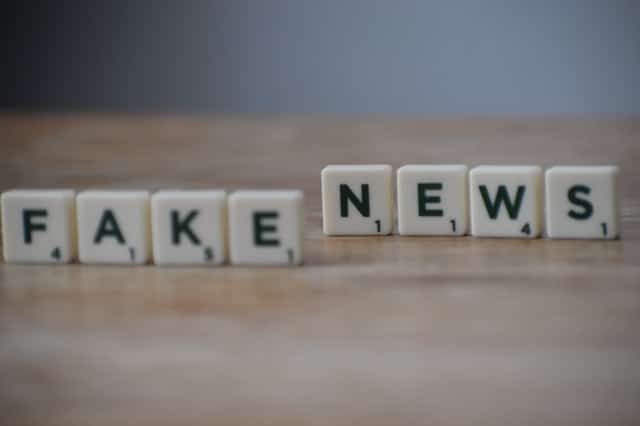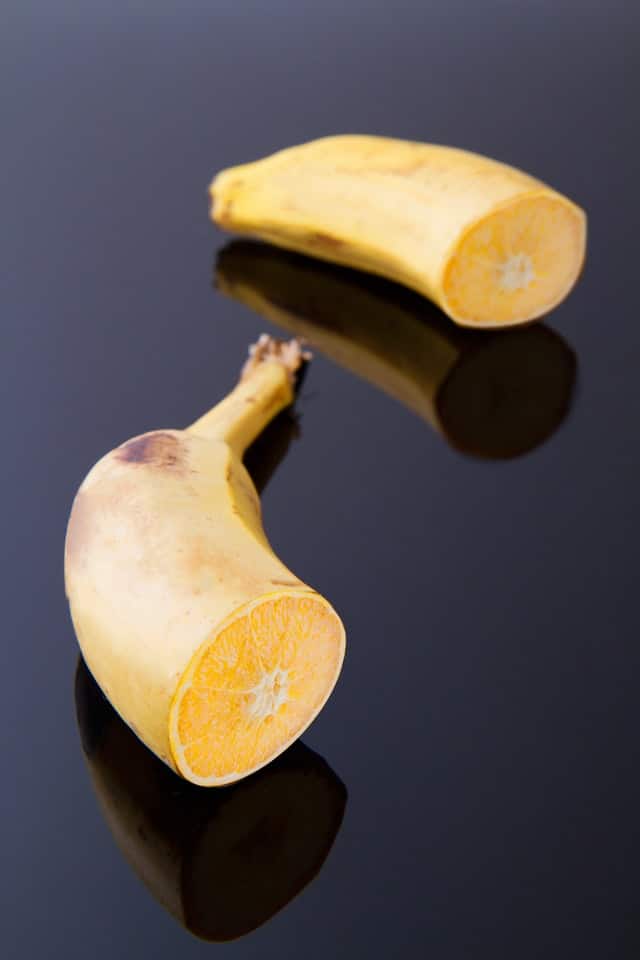Some of the information shared via the digital world of today are known to be ‘fake’; we will be looking at how we can identify misinformation. The digital world keeps growing every day, and with it grows the tendency of false information to the spread-out. Knowing the truth from the lies is essential in how we as a society react to the things we watch and listen to. Fake news might carry some truth with it, but it might hide the important fact that the viewers are supposed to take from it. Therefore, we must try to identify the truth from the lies in every information we have access to.

Controversy about truth in the media and on social media platforms is everywhere; with false information spreading so easily, we believe it is vital for everyone to be equipped with the necessary tools to address the so-called information disorder. Identifying fake news and misinformation can be challenging; as these are tools that are used politically and fraudulently in our society today. We can identify these by keeping a cool head. Here are ways by which we can identify misinformation.
Check the News Source

We often come across information from social media sources; or even the regular news sources that can be out of the norm. Before sharing, retweeting, or liking for others to see, we need to ask certain questions; like, what is the page about? What other types of information are here? even, what does the web address look like, is it secure?
Research the Source
A lot of news information dissipated online have a credible source. If there is a source to a fishy story, you can take the time to go through the highlighted source to verify the genuity of the write-up. If there are no sources to these writeups you can leave a comment, asking for the credibility of the statement.
Think Before Posting
An article might seem credible at first glance, but it is imperative to always think and ask personal questions before posting. Doing this from time-to-time will open our eyes to see glaring things that might have eluded us in the first place. Asking questions like; Are they trying to sell me something or influence me? Do other news platforms make this report? Why was this message written? and so on.
Look for Fake Pictures

Misinformation is usually followed up by fake images. Photoshops are so realistic these days, but a sharp eye can discern false images; examining the forms, textures, shadows, coloring, and so on, can help in this regard. If not, the use of some tools on the internet could do the trick; like the Google Reverse Image Search to find images relating to the same post, or a tool, such as ExifData, that can help identify the date and time a picture was taken.
As the truth is known to liberate, false information can be dangerous in society; hence, developing an attitude and consciousness towards filtering fake news from our daily information stream will make for a truth-seeking world.
Read: 5 tips to identify fake news and misinformation
Read Also [How to become a Digital Savvy Parent]

